The fisherman in his small boat at the pond.
Oil on canvas signed lower right.
20,5 x 29,4 in
Certificat of authenticity.
Museums : Nice, Reims.
Leon Richet is today one of the best known members of the second generation Barbizon painters. He began painting in the Forest ofFontainebleau during the 1860’s, while many of the original Barbizon artists were still quite active. His forest interior scenes recall the example of Diaz, while his compositions of small farmsteads or isolated, gnarled oak trees on the open plain are derived from subjects first introduced by Theodore Rousseau. But Richet generally opened these scenes up, emphasizing the broad open skies above the Barbizon plain and exploring a lighter, brighter range of colors. Richet’s large, carefully drawn paintings gave the Barbizon School repertoire a more modern appearance that assured Richet success into the first decade of the twentieth-century.Leon Richet was born in 1847 at Salesmes in the Loire Valley. Although he studied briefly in the tradition-bound Paris studios of Lefebvre and Boulanger, Richet was most deeply influenced by the Barbizon artist Narcisse-Virgile Diaz, with whom he worked very closely during the last decade of the older artist’s career. Richet began exhibiting at the Salon In 1869, with two paintings of famous landmarks in the forest of Fontainebleau. Although he occasionally traveled as far afield as the Normandy coast or the Bourbonnais region in south-central France, almost two-thirds of his Salon paintings during nearly forty years of Salon participation represent scenes from the Forest of Fontainebleau or the small farming villages along the Forest edges.In 1888 and 1901 Richet received Salon medals, and a public sale of his paintings in 1888 achieved exceptional prices for a living landscape artist. While most of Richet’s paintings are pure landscapes, he occasionally called upon his academic training to produce striking images of idealized nudes in forest settings, or scenes of young women gathering flowers or congregating at a village well. During the past twenty years, Richet’s carefully finished Barbizon scenes, with their golden coloring and skilled execution, have been leading late nineteenth-century French landscape back into popular and critical estimation and in 1981 the Galerie Marcel Flavian organized a retrospective of Richet’s work.
violondingres.fr


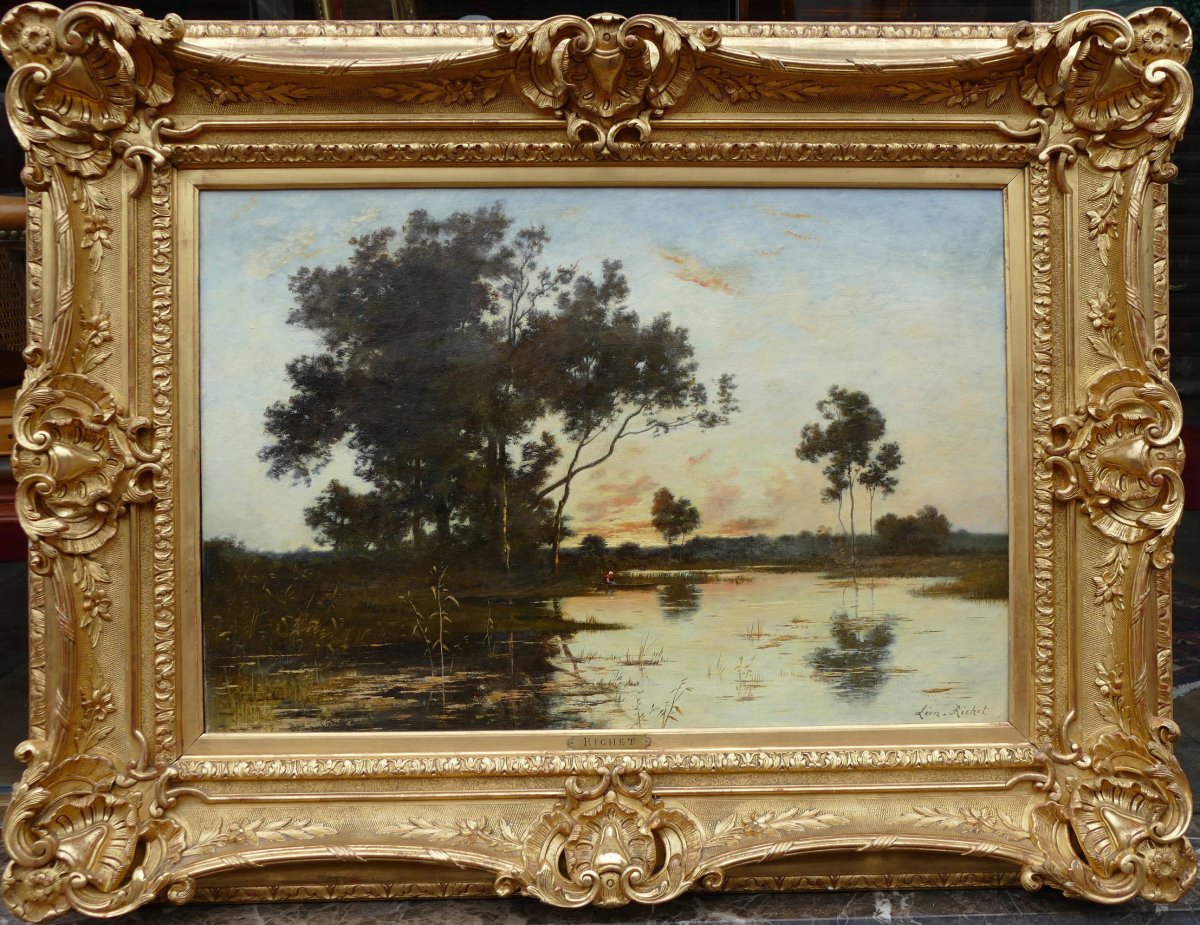

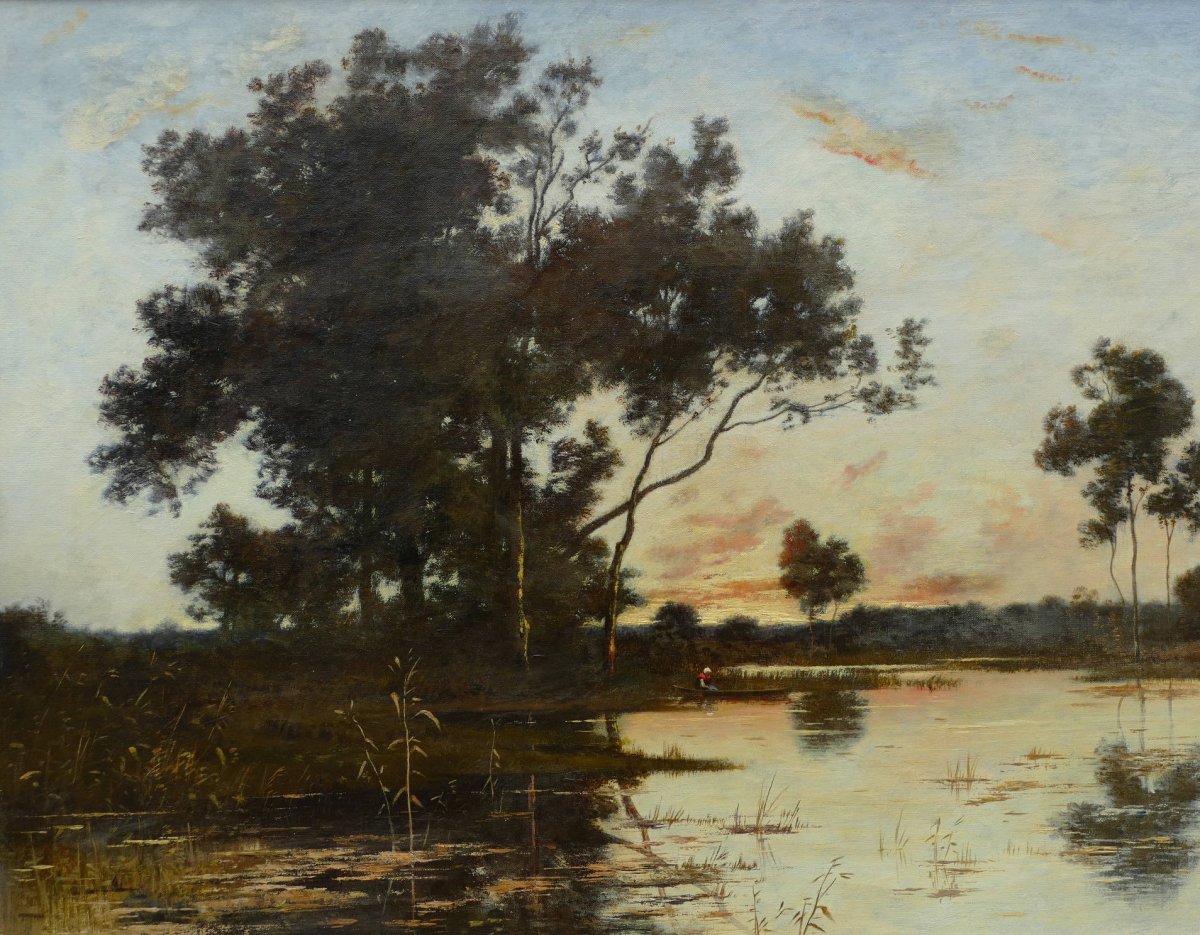
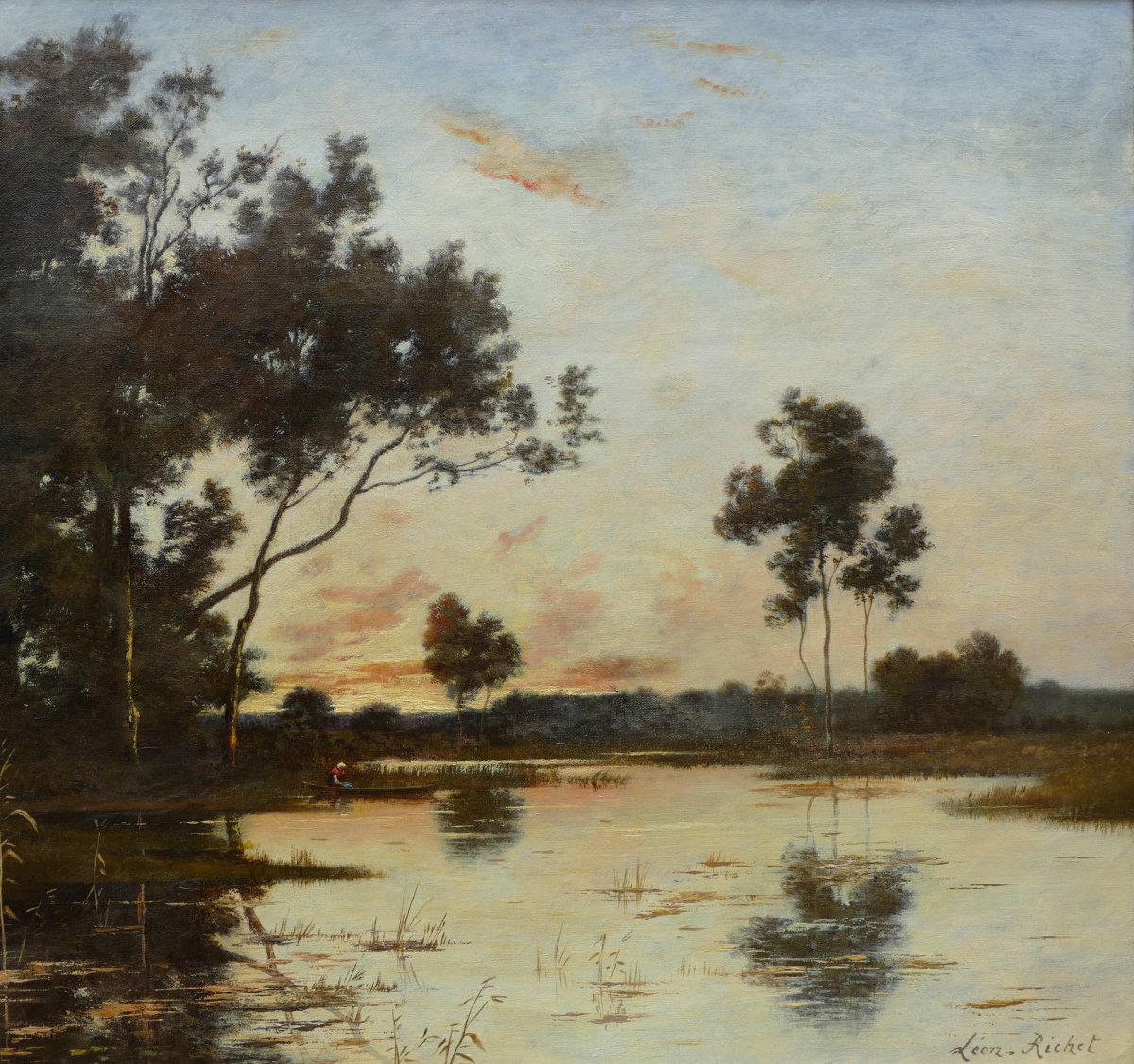
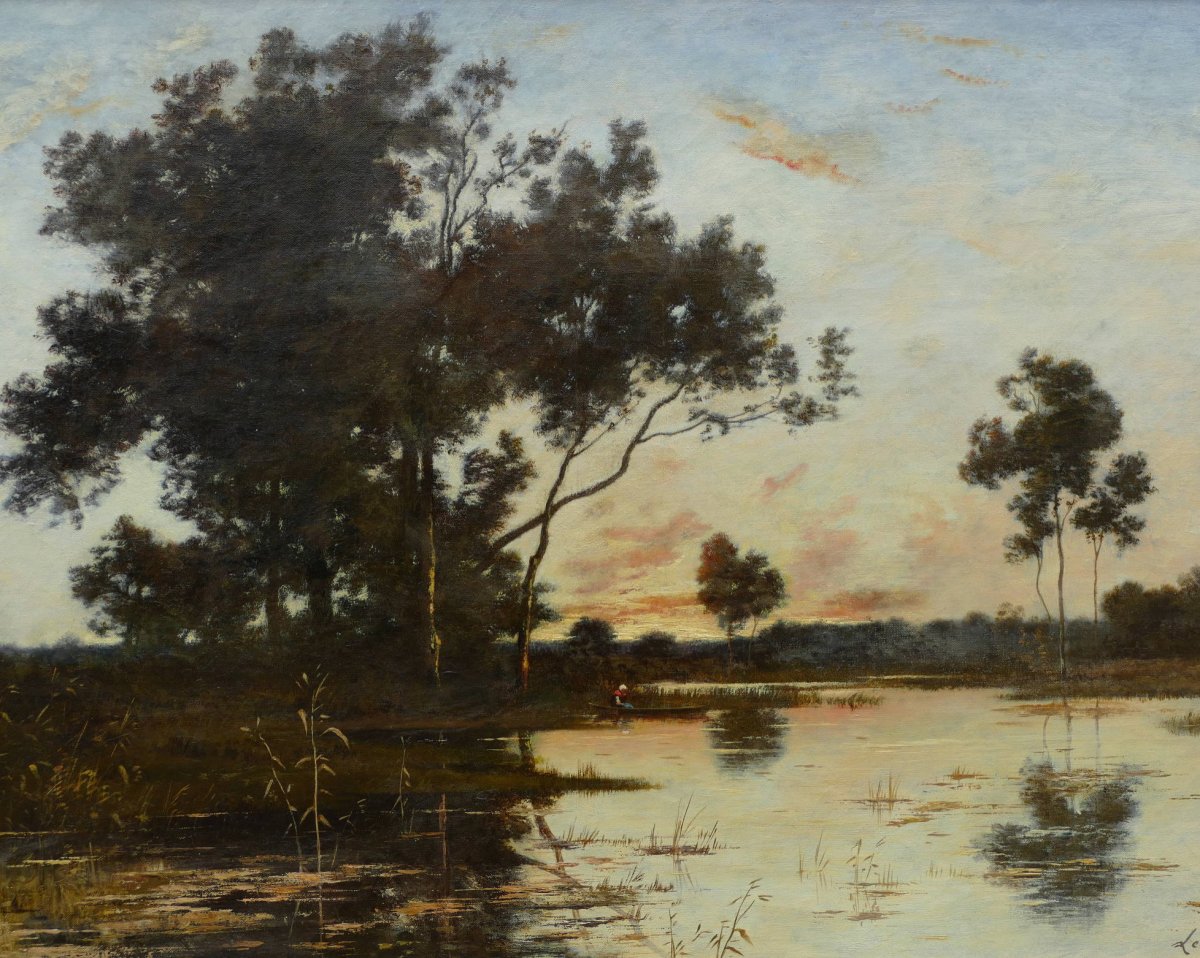

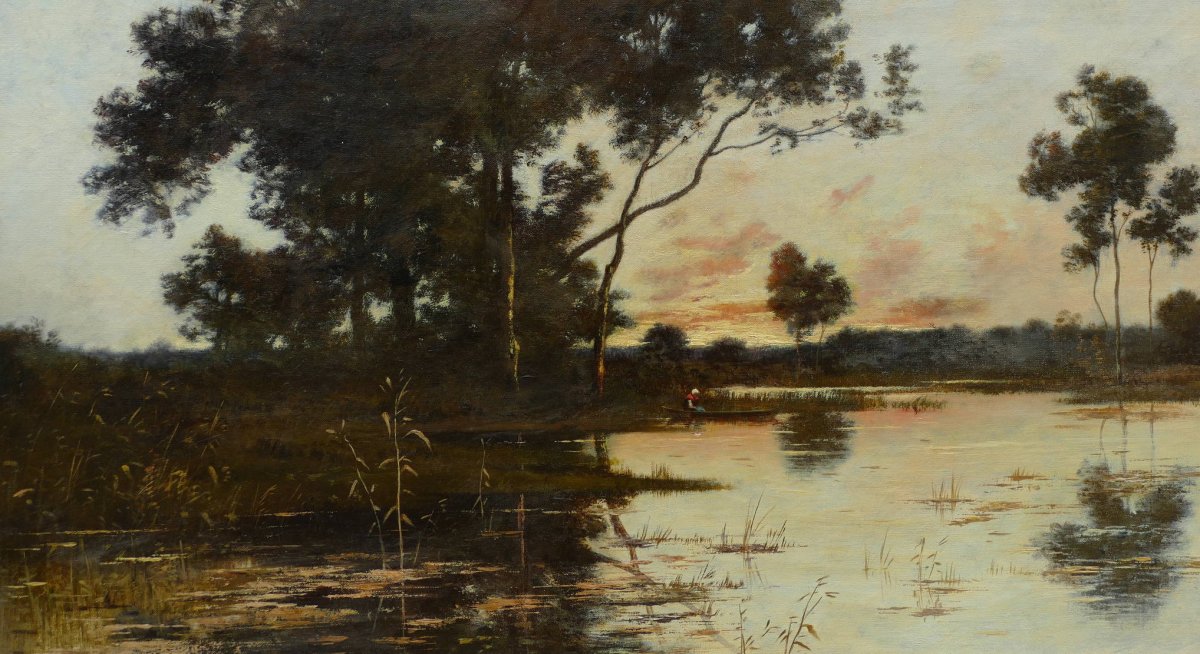

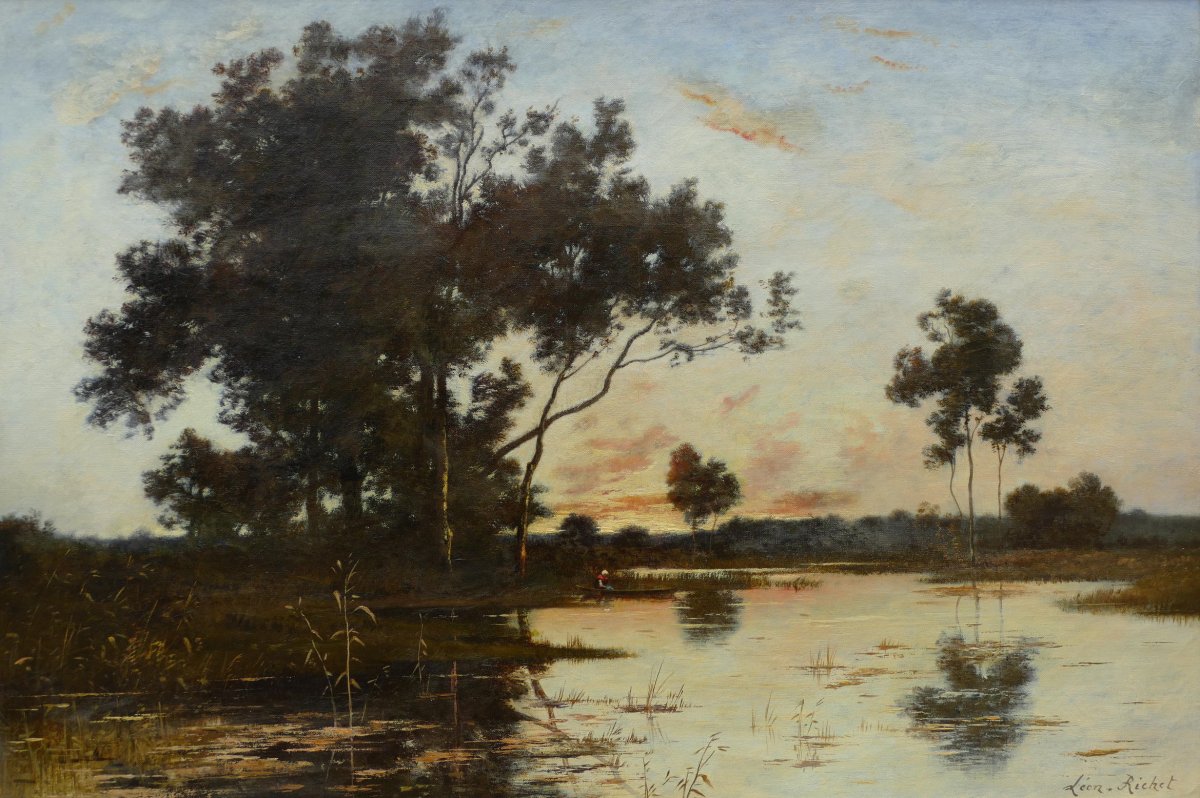


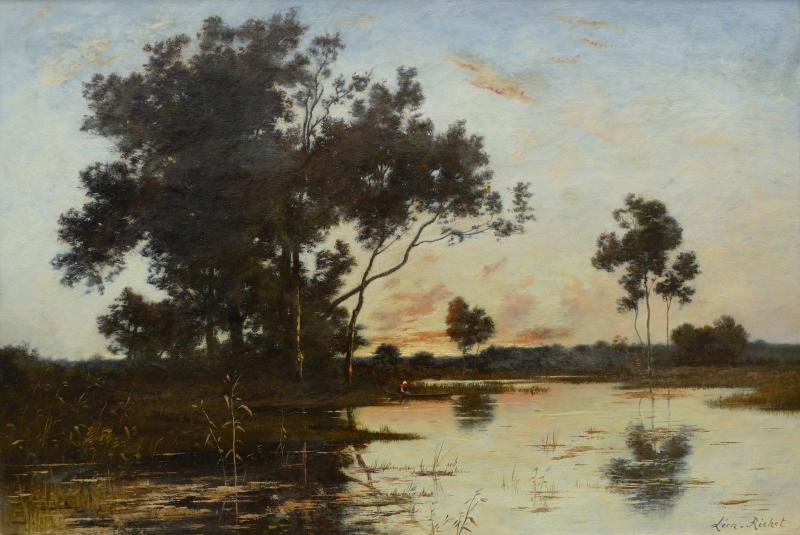














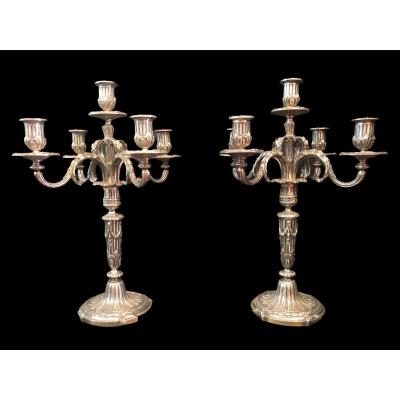







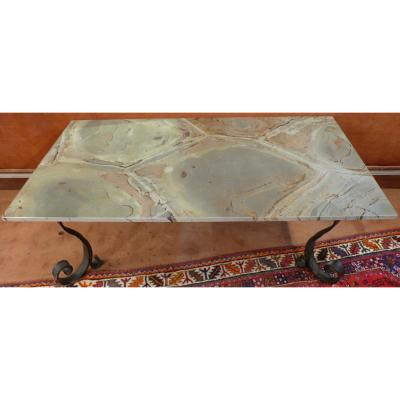



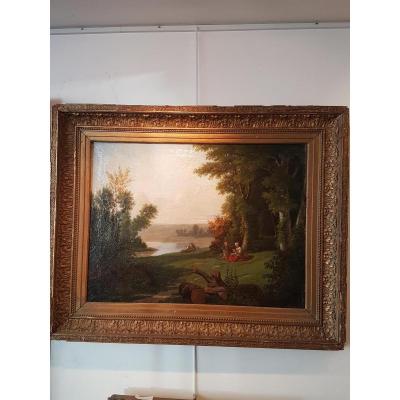






 Le Magazine de PROANTIC
Le Magazine de PROANTIC TRÉSORS Magazine
TRÉSORS Magazine Rivista Artiquariato
Rivista Artiquariato